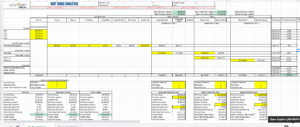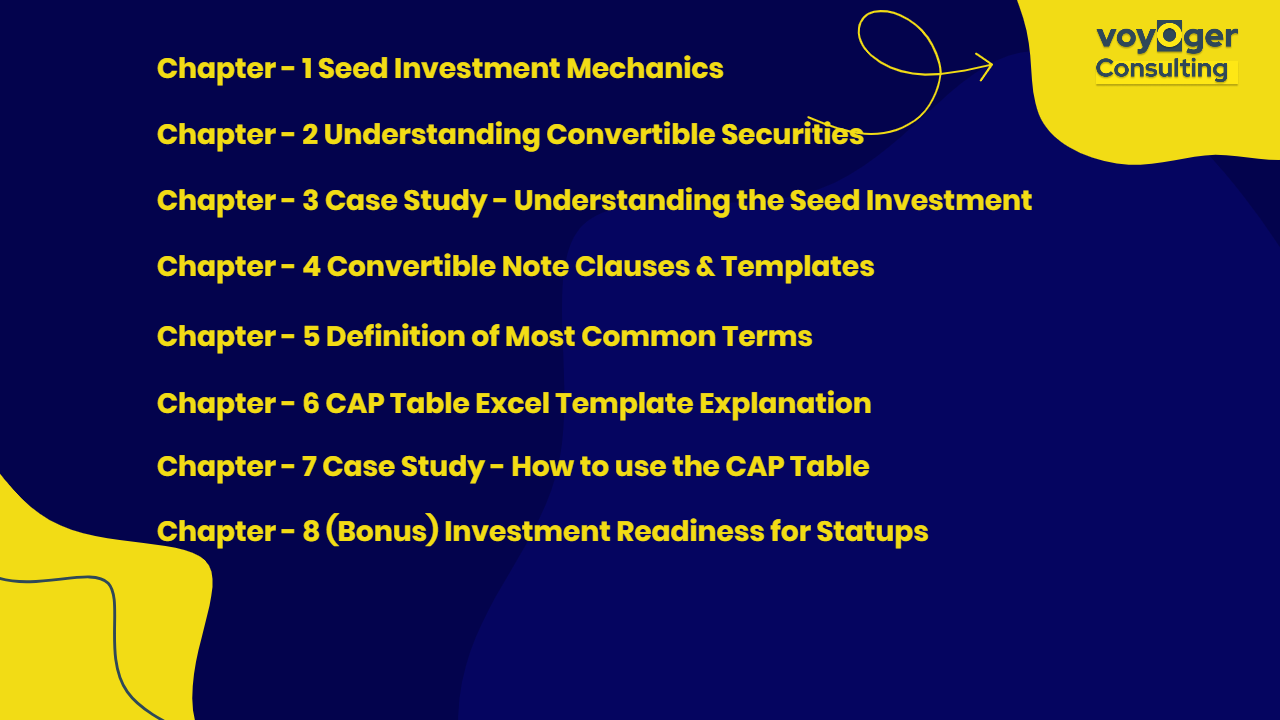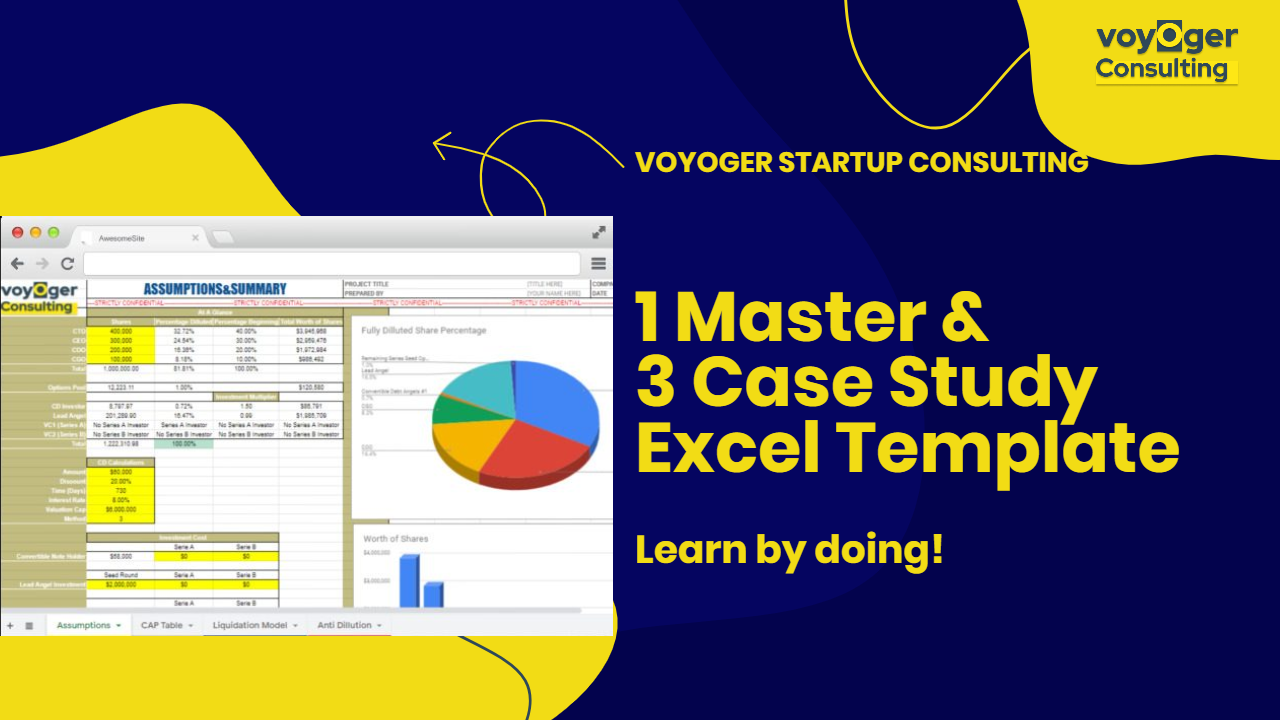Our second topic on Equity Divide for Startups is the CAP (Capitalization) table.
Let’s talk about how the CAP table relates to the incorporation process.
When you go incorporation process, at the end of the day your legal contractor will prepare your documents and shares are issued and divided by the equity holders in the company, you name the board of directors and managers so on…
At the end of that, you receive a CAP table that breaks down the ownership details of the corporation.
But what is CAP Table?
It is basically “An instrument or document which states and helps you to calculate who or which entity owns/will own how many percentages of shares in the company ”.
CAP table can be super simple or extremely complex. It depends on the parties or people involved with the company and rounds of the investment completed so far.
Mostly when companies are first established they issue a big amount of equity for preventing roundups and downs in the future possible investment scenarios.
As a startup founder what you have to know is at the beginning of the incorporation process your CAP table will be simple and easy to understand but it will get more complex over time.
It is usually an excel document and shows two primary things, one is “percentage ownership” and the second is “share ownership”.
The second piece that the CAP table shows is “The Options Pool” if that is created in the incorporation process. It is used for creating incentives for your employees. Very simply, a bribe method for startups to attract talented employees to their companies.
Startups generally create option packages for their employees and offer those shares for them to keep them in the company.
One another topic that is in the CAP table is Pre-Corporation and Post-Corporation numbers and records of ownership.
Lastly, the most important thing that entrepreneurs should know is “CAP table should reflect all outstanding legal agreements”.
Now let’s talk about what a CAP table typically looks like and what are the bad outcomes and good outcomes associated with you keeping track of your CAP table.
At the end of the incorporation without any investment it typically looks like this;
Our scenario is a company that has 2 founders and issues 10M shares with a 10% Options Pool for their employees.
Common Shares
Founder #1 45% 4.5M
Founder #’2 45% 4.5M
Options Pool 10% 1M
Total 100% 10M
When there is an investment involved things start to get wild in the CAP tables.
There are types of investors such as Convertible Note Debts for investors, Angels, and VCs. Also, there may be more than one of those above in each round.
What you have to calculate in the CAP Table is how many shares are issued for those investors and what will be the percentage of shares those investors have.
How do we determine the issued shares number of investors? It is simple by “Negotiating on the Value of the Company”.
Basically, Post-Money and Pre-Money Valuations determine the number and the percentage of the shares Founders have and Investors have.
Now let’s expand our above example;
The situation is: an investor comes in and accepts to invest in the above company. On their agreement, the investment amount is 250.000 USD. The question is what will be the percentage of shares of the investor?
To say something about that we have to know the agreed valuation of the company between the Founders and the Investor.
Let’s say they agreed on a 1.000.000 USD valuation. Then it means that the investor is investing the 25% of the “Valuation” they agreed.
The company issued 10M shares so they have to issue more shares for the investor which is 25% of the company’s Pre-Investment worth. Which is 10M x 0.25 = 2.5M more shares.
At the same time, the founder’s shares stay the same.
How will it affect the CAP table calculations? If you think the percentage of the investor will be 25% in the CAP table you are “Terribly Wrong”. The calculations will be like below.
Common Shares
Founder #1 36% 4.5M
Founder #2 36% 4.5M
Options Pool 8% 1M
Investor 20% 2.5M
Total 100% 12.5M
Also notice that the Founders share percentage is decreased (the term is diluted) however the company’s valuation after the investment is increased!
This shows how tricky the CAP tables can be through the investment rounds.
Here is a picture of a CAP table I prepare for my customers. It includes calculations and waterfall analysis and scenarios. So with the help of a detailed CAP Table founders can easily calculate the share dilutions and analyze the future net worth of their shares.
In the below example table, you can calculate multiple Convertible Note Holders Dept even if different types of conversion types are chosen. Moreover, seed and Series A, B, and C round investments share percentages with the share prices.

If you have questions about CAP tables do not hesitate to contact me.
If you want me to continue writing about startup-related topics Thumbs Up 😉
Kaan Senol @VoyogerConsulting













0 Comments